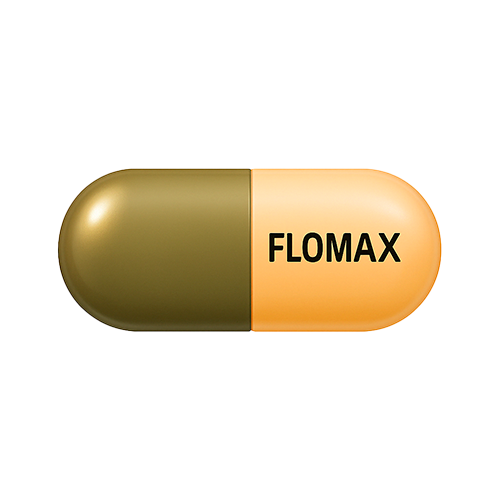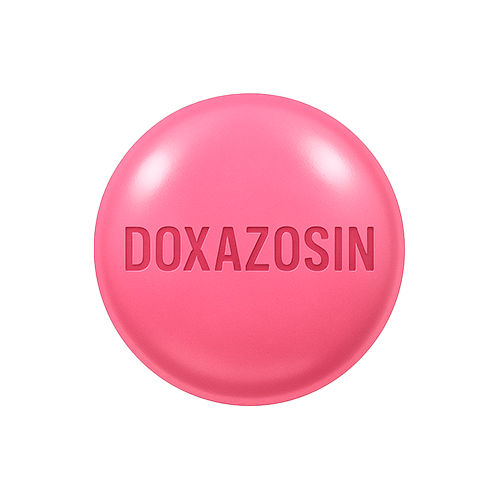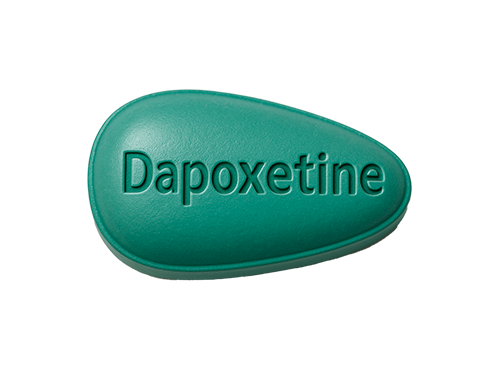Flomax (tamsulosin) is a once-daily medication used to relieve urinary symptoms caused by an enlarged prostate — a common condition known as benign prostatic hyperplasia (BPH). It works by relaxing smooth muscles in the prostate and bladder neck, which helps improve urine flow and reduce urgency.
Flomax doesn’t shrink the prostate or affect testosterone levels, but it can significantly reduce daily discomfort. If you’re starting this treatment, here’s what to know about how it works and what to expect in the first weeks.
Product Description
Flomax is a pharmaceutical product belonging to the group of α1-adrenergic receptor blockers, primarily used to relieve the symptoms associated with benign prostatic hyperplasia (BPH). This medication is designed to improve urinary flow and reduce discomfort caused by prostate enlargement, offering patients effective, targeted relief. Flomax works by selectively blocking α1A-adrenergic receptors located in the smooth muscles of the prostate gland, bladder neck, and prostatic urethra. This action results in the relaxation of these muscles, which facilitates easier urine flow and decreases the severity of BPH symptoms such as frequent urination, weak stream, and incomplete bladder emptying. Patients typically begin to notice improvements within two weeks of starting the medication, although individual responses may vary. Flomax is especially valued for its ability to provide symptom control without significantly affecting blood pressure in most individuals. To achieve the best therapeutic outcomes, it is crucial to follow the prescribed dosage and administration guidelines closely. Flomax helps enhance the overall quality of life for men dealing with the daily challenges of BPH, reducing nighttime awakenings and the urgency to urinate. Its well-established safety profile makes it a trusted choice in urological practice. Regular medical check-ups are recommended to monitor progress and assess the long-term effectiveness of the treatment.
Mechanism of Action
Flomax functions by targeting and blocking postsynaptic α1A-adrenergic receptors found in the smooth muscle tissues of the prostate, the bladder neck, and the prostatic urethra. By inhibiting these receptors, the medication reduces muscle tone in these areas, allowing urine to pass more freely through the urethra. This reduction in muscle tension helps alleviate both the obstructive and irritative symptoms of BPH. As a result, patients experience significant relief from discomfort, improved urinary flow, and reduced bladder pressure. The full therapeutic effect of Flomax is typically observed after consistent use for approximately two weeks. It is particularly beneficial for those struggling with chronic symptoms that have not responded adequately to other treatments.
Dosage and Administration
Flomax is administered orally in the form of a 0.4 mg capsule once daily, ideally taken at the same time each day after a meal. The capsule should be swallowed whole with water while sitting or standing to prevent interference with the controlled release of the active ingredient. Chewing or crushing the capsule can compromise the medication’s effectiveness and increase the risk of side effects. Consistent daily intake is essential for maintaining stable symptom control. If a dose is missed, it should be taken as soon as possible, but if it is almost time for the next dose, the missed dose should be skipped. Flomax treatment duration is determined individually based on the patient’s response and medical evaluation.
Medically reviewed | Based on urology guidelines for tamsulosin use in the treatment of BPH-related lower urinary tract symptoms.
Flomax is typically taken as a 0.4mg capsule once daily, 30 minutes after the same meal each day. It may take several days to begin working fully. Dizziness and low blood pressure can occur, especially when first starting the medication.
Safety Information
Flomax is contraindicated in individuals with hypersensitivity to tamsulosin hydrochloride, as well as those with a history of orthostatic hypotension or severe liver impairment. Patients with significant renal dysfunction (creatinine clearance below 10 ml/min) should use Flomax cautiously under strict medical supervision. Before starting therapy, it is important to inform your healthcare provider about any other medications you are taking to avoid potential interactions. Alcohol consumption is not recommended during Flomax treatment, as it may increase the likelihood of adverse reactions. Careful monitoring is advised during the early stages of treatment to assess tolerability and therapeutic response. Patients should report any unusual symptoms or side effects immediately. Regular follow-up appointments are essential for evaluating the long-term safety and efficacy of the medication. Flomax is not typically prescribed to women or children and is specifically intended for adult males with BPH symptoms.
Interaction with Other Medications
Flomax generally has a low potential for significant drug interactions, but caution is advised when used with certain medications. It may reduce the effectiveness of drugs that lower blood pressure, increasing the risk of hypotension. While no critical interactions have been identified with most commonly used medications, informing your healthcare provider about all ongoing treatments is essential for safety. Special attention should be given when combining Flomax with strong CYP3A4 inhibitors, as they can increase tamsulosin levels in the blood. Coordinating with a healthcare provider ensures proper adjustments to therapy if necessary. This helps to minimize risks while maintaining effective symptom control.
Overdose
Though overdose cases with Flomax are rare, they can theoretically result in acute hypotension. If an overdose occurs, the patient should immediately be placed in a horizontal position to support blood flow to vital organs. Emergency measures may include gastric lavage, administration of activated charcoal, and osmotic laxatives like sodium sulfate. In severe cases, intravenous fluids and vasoconstrictors may be necessary to stabilize blood pressure. Kidney function should be closely monitored, as maintaining proper renal activity is critical during recovery. Dialysis is generally ineffective for removing tamsulosin due to its high plasma protein binding. Prompt medical attention is essential in overdose situations to prevent complications and ensure a full recovery.
Side Effects
While Flomax is usually well-tolerated, some patients may experience side effects. These can include dizziness, orthostatic hypotension, and palpitations, particularly during the initial stages of treatment. Central nervous system effects such as headaches and fatigue have also been reported. In rare cases, Flomax may cause retrograde ejaculation, which can affect sexual function. Gastrointestinal disturbances, skin rashes, and muscle weakness are possible but uncommon. Mood changes and mild behavioral symptoms have been noted in isolated cases. Serious allergic reactions are rare but require immediate medical attention. If any severe or persistent side effects develop, consultation with a healthcare provider is recommended. Adjusting the dosage or discontinuing the medication may help alleviate adverse symptoms.
For other urology-related treatments, explore Doxazosin or Minipress, which work similarly to Flomax in managing urinary flow issues.









Reviews
There are no reviews yet.